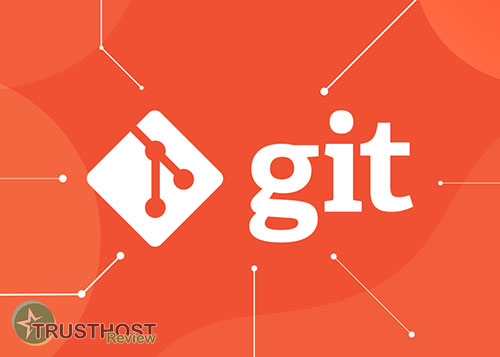DDoS Protection: Safeguarding Your Website from Attacks
DDoS Protection: Shielding Your Website from Disruption
In today's interconnected world, a strong online presence is paramount. However, this digital landscape is not without its threats. Distributed Denial of Service (DDoS) attacks pose a significant risk, capable of disrupting operations and causing substantial financial losses. Understanding DDoS protection and implementing robust security measures is crucial for any website owner.
What is a DDoS Attack?
A DDoS attack aims to overwhelm a server or network with traffic, making it inaccessible to legitimate users. Imagine a brick-and-mortar store being flooded with a mob, preventing genuine customers from entering. That's essentially what a DDoS attack does to a website.
These attacks are often carried out by botnets - networks of compromised computers controlled remotely. These bots bombard the target server with requests, overwhelming its resources and causing it to crash.
Why is DDoS Protection Important?
The consequences of a DDoS attack can be devastating:
- Downtime: Websites become inaccessible, leading to lost revenue, frustrated customers, and damage to reputation.
- Data Breaches: DDoS attacks can serve as a smokescreen for more sinister activities, like data theft.
- Financial Losses: Recovery from a DDoS attack can be costly, involving system repairs, lost business, and potential legal issues.
How Does DDoS Protection Work?
DDoS protection measures act like a shield, identifying and mitigating malicious traffic before it reaches your server. Some common methods include:
- Firewalls: Network firewalls act as gatekeepers, filtering incoming traffic based on predefined rules. They can block traffic from suspicious IP addresses or those exceeding a certain threshold.
- Intrusion Detection and Prevention Systems (IDPS): IDPS analyze network traffic for malicious patterns and can automatically block or drop suspicious requests.
- Content Delivery Networks (CDNs): CDNs distribute website content across multiple servers globally. If one server is targeted, traffic can be rerouted to others, ensuring website availability.
- Rate Limiting: This technique limits the number of requests a server can handle from a single IP address within a specific timeframe, preventing overload.
- Traffic Analysis and Filtering: Advanced security solutions can analyze traffic patterns in real-time, identifying and filtering out botnet activity.
Choosing the Right DDoS Protection
Selecting the right DDoS protection depends on your specific needs and budget. Factors to consider include:
- Traffic Volume: Websites with high traffic need robust solutions capable of handling large-scale attacks.
- Budget: DDoS protection services range from free basic options to comprehensive paid plans.
- Technical Expertise: Some solutions require technical knowledge for setup and management, while others offer user-friendly interfaces.
Best Practices for DDoS Protection
- Keep Software Updated: Regularly update your website software, plugins, and operating systems to patch vulnerabilities that attackers could exploit.
- Strong Passwords: Use strong, unique passwords for all accounts associated with your website.
- Secure Your Network: Implement strong network security measures, including firewalls and intrusion detection systems.
- Regular Backups: Regularly back up your website data to ensure quick recovery in case of an attack.
Conclusion
DDoS attacks are a constant threat, but with the right protection, you can safeguard your website and ensure business continuity. By understanding the risks and implementing robust security measures, you can mitigate the impact of these attacks and maintain a safe and reliable online presence.
















